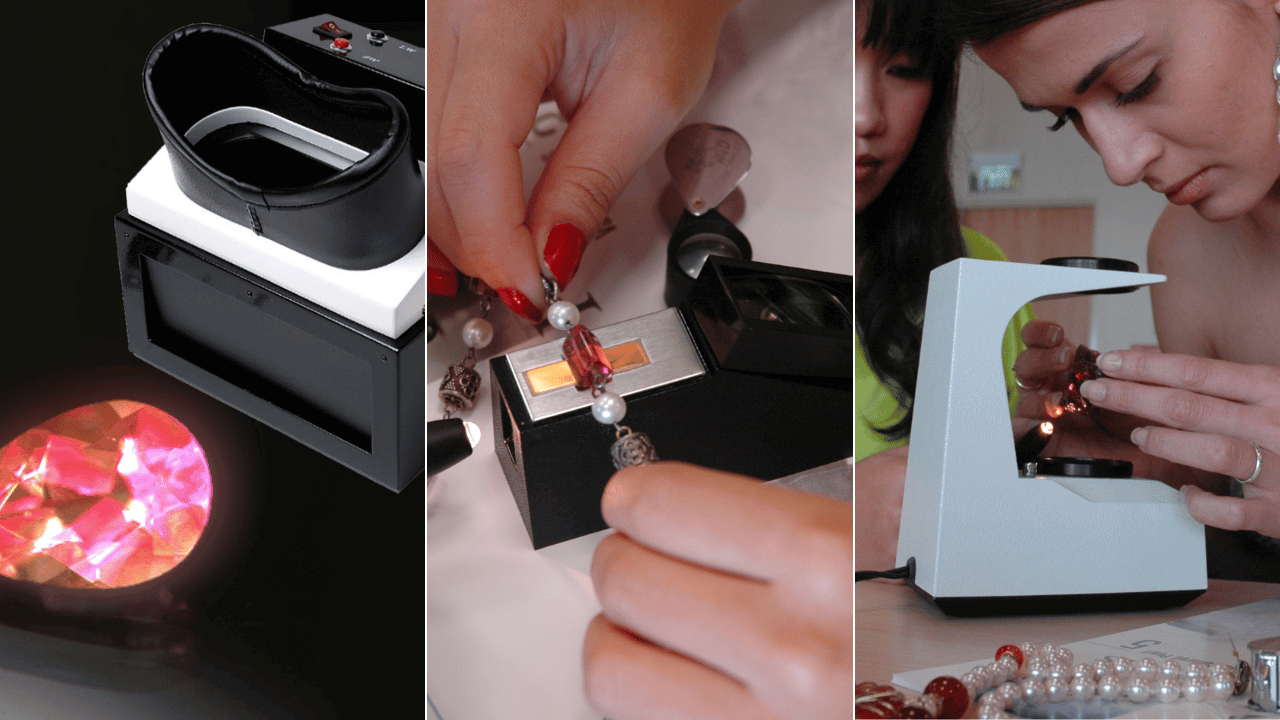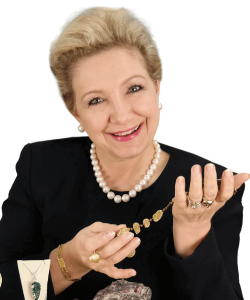Gemstones have long been the fascination of mankind and even today, beautiful and valuable gemstones are coveted all over the world. But can you really tell whether the gemstone you bought is the real deal?
In today’s market, it is becoming increasingly common to encounter synthetic and imitation gemstones, or natural gemstones that have been treated using one or more ingenious enhancement methods – these are materials that are difficult, or even impossible to distinguish from natural gemstones just by eye.
The GT200 series, Gem Identification Methods, is a follow-on course from the first course in gemmological foundation, and is intended as a practical guide for determining the true identification of gemstones with proper gemmological procedures and equipment. There will be ample opportunities for participants to have hands-on gem identification practice with natural, synthetic, imitation, and treat gemstones using a battery of tools provided in this programme.
Kindly note that this is an advanced course that requires the prior completion of GT100 - Gem and Jewellery Trade Secrets Certificate.
Course outline
-
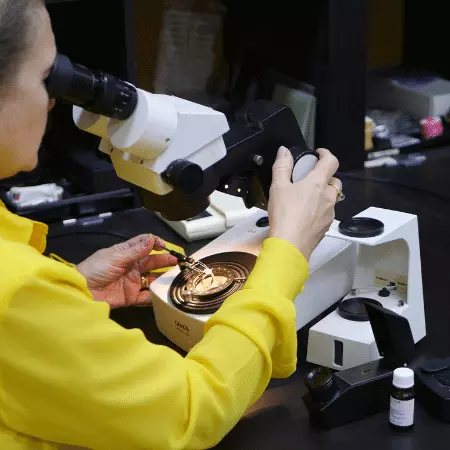
Introduction to Equipment and Identification Process
Learn how to determine the true identification of gemstones with proper gemmological procedures using equipment such as the polariscope, dichroscope, spectrometer, microscope, and other important tools.
-
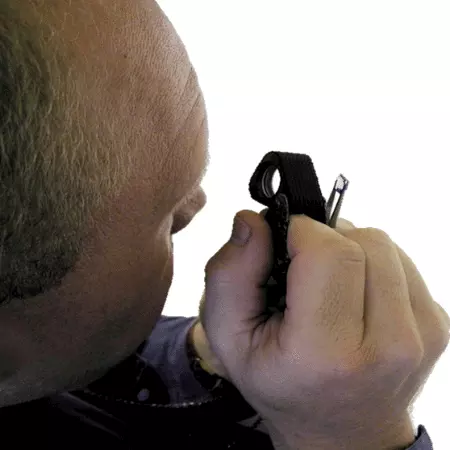
General Observation with/without Loupe Use and Completing Gem Worksheet
Learn the key qualities of gemstones to look out for in the first step of the identification process that will guide you to using the right equipment to achieve the most accurate findings
-
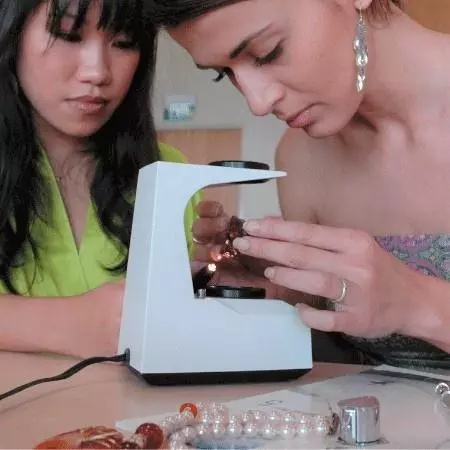
Polariscope and Dichroscope Uses and Practice
Learn how to use these important tools to confirm whether your gem material is singly or doubly refractive – a very useful step to assess between gem types and rule out many possibilities quickly.
-
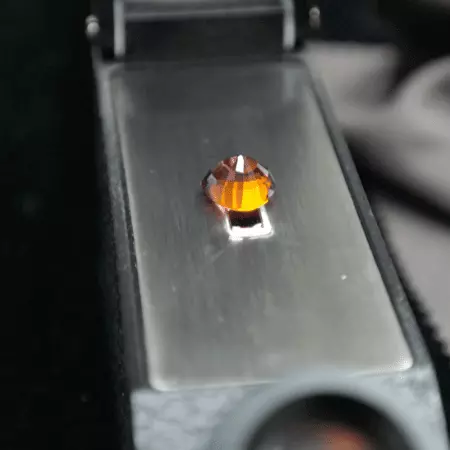
Refractometer Part 1, Understanding and Finding Refractive Indices
Different gemstones have different refractive indices, and since few gems share the exact same refractive index, the refractometer is a great way to start the identification process and eliminate the majority of possibilities. This session focusses on faceted gems with polished and flat surfaces.
-
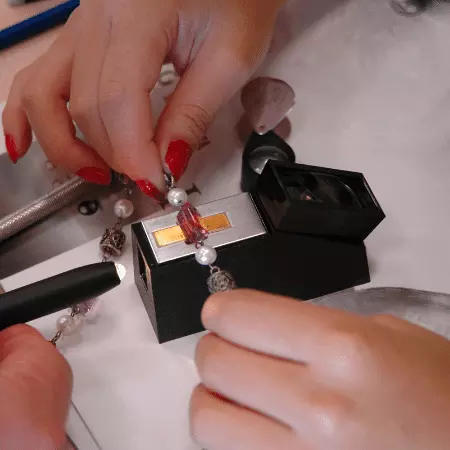
Refractometer Part 2, Spot Readings and Optic Character
Explore another technique for RI testing of gemstones that have no flat surfaces (e.g. beads, carvings, and some cabochons) and how to find optic character (a useful identifying feature) using the Refractometer.
-
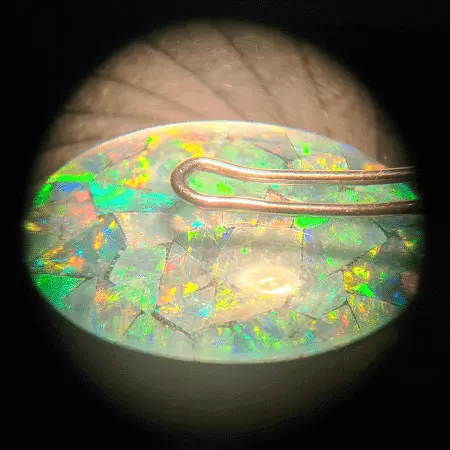
Use of the Microscope and Understanding Inclusions
The world of gemstone inclusions is one of the most fascinating topics in gemmology. Learning to recognise typical inclusions and distinguish them from synthetic inclusions may eventually help you to identify a gem species.
-
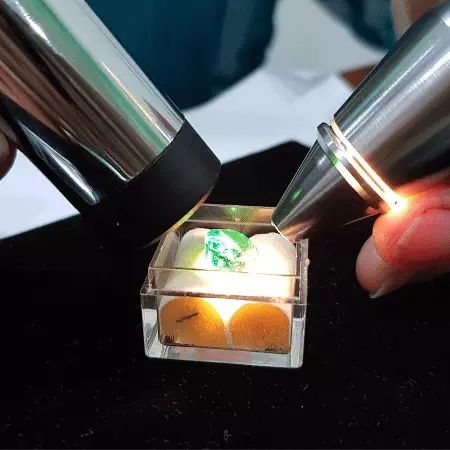
Spectroscope Uses and Practice
Learn how to observe the absorption spectra of gemstones using the spectroscope, which can help shine a light on evidence of treatments and dyes, and also distinguish between natural and synthetic materials.
-
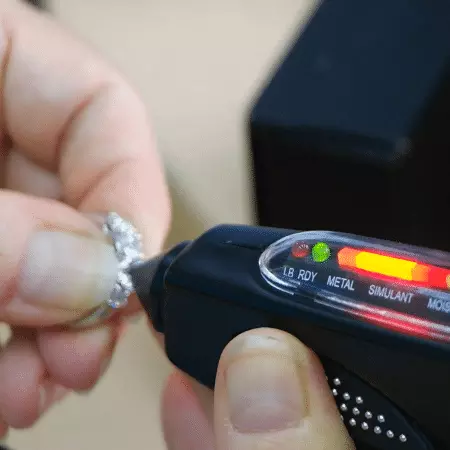
Diamond Tester Uses and Practice
Learn to use diamond tester and screeners to quickly separate diamonds from diamond simulants.
-
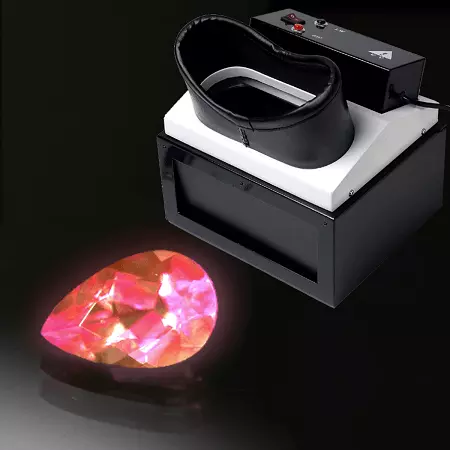
Fluorescence Testing
Learn how fluorescence testing is used to distinguish between natural and synthetic gemstones, detect assembled gemstones and spot treatments that have been applied to gemstones.
-
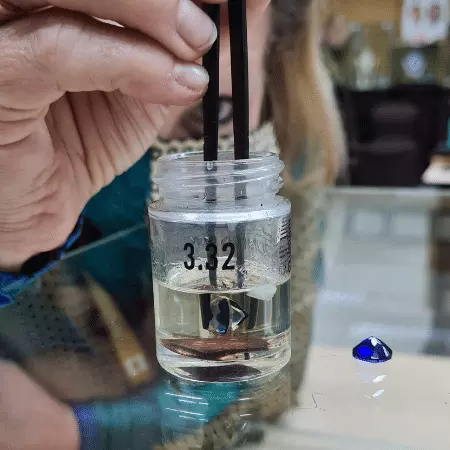
Specific Gravity and Immersion Testing
Immersion testing will be demonstrated to students to show how specific gravity of gemstones can also be used to narrow down the list of possibilities.
-
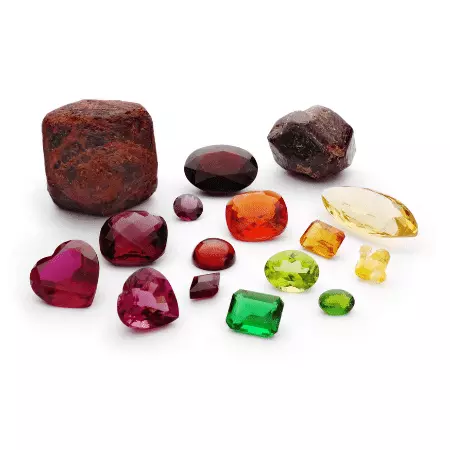
Completion of Testing up to 100 Gems
Students will have hands-on practice using gemmological equipment in class to perform testing on up to 100 gems throughout the course.
- 1
The instructor
-
Tanja Sadow
Tanja is an award winning jewellery designer & gemmologist with more than 4 decades of experience educating the jewellery industry across 4 continents. Dean and founder of JDMIS, Tanja works with aspiring artisans as well as top jewellery brand team members to help them achieve brilliance in their careers. Read More
- 1
-
Tools & Materials

Like all JDMIS courses, students receive everything they need to complete all their coursework during class. This course includes reference materials and the use of the gemmological equipment during class in order for you to identify up to 100 gem exhibits.
Students are expected to bring to class their own tools given in the GT100 course (i.e., their loupe, tweezers, gem cloth, weighing scale, and penlight).
-
Facilities

This popular course takes place in the Gem Vault where participants are able to see, examine, scope and understand Tanja's collection of over 1,200 gems, jewellery pieces and examples, including rare and valuable specimens as well as common imitations found in jewellery markets in the region.
-
Learning path
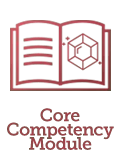
This course is a Core Component of all learning paths. We refer to these modules as CC.
Prerequisites:
GT100 - Jewellery Trade Practices 1: Gem and Jewellery Trade SecretsNext Step (Advanced Jeweller's Knowledge):
FT200 - Jewellery Fashion Trends 2: Aesthetic Self Discovery and Future TrendsParticipants attending and completing this programme as a stan-alone certification can choose to enroll for any full advanced diploma.
-
Duration

30 hours
1 week (Full-time), or
5 weeks (Part-time)JDMIS runs week-day, weekend and weeknight courses for this popular course. JDMIS also has flexible make-up schedules and graduates can return without cost for refresher courses (subject to availability).
- 1
